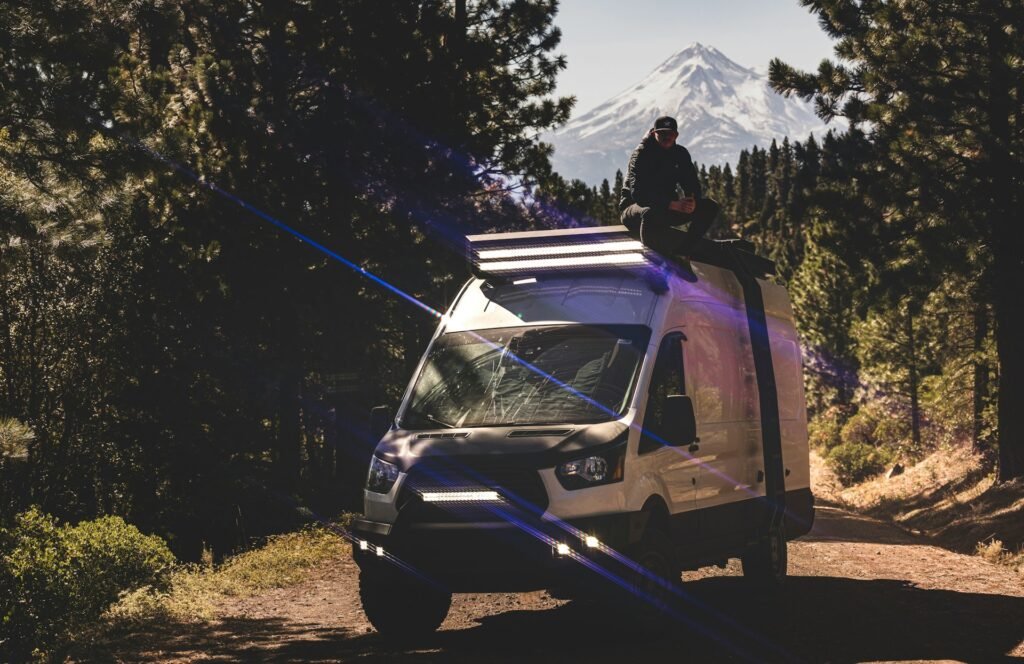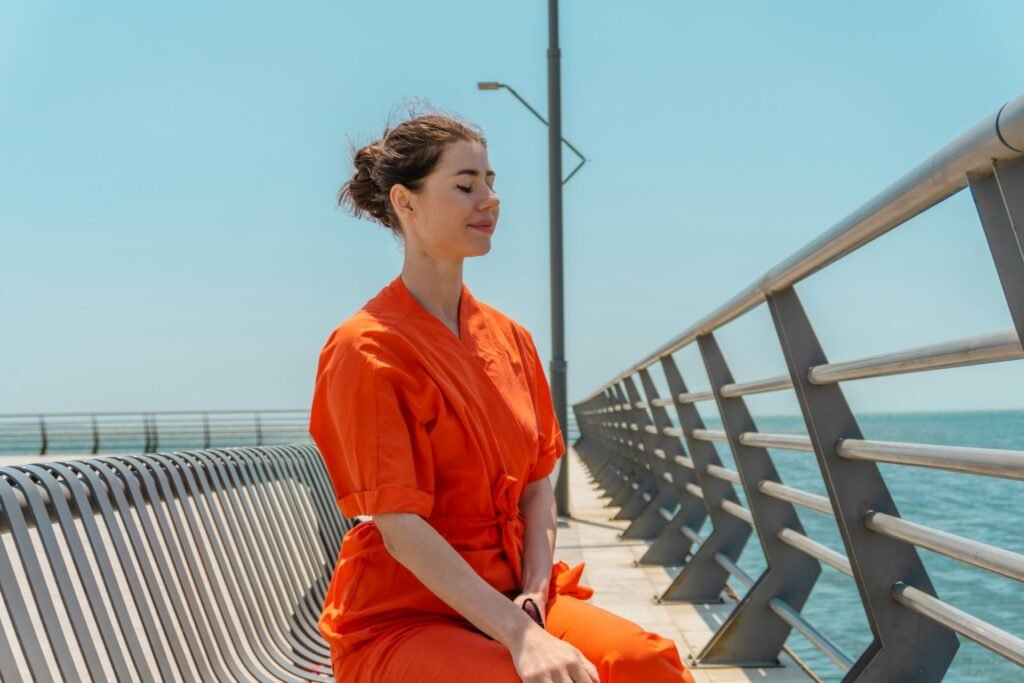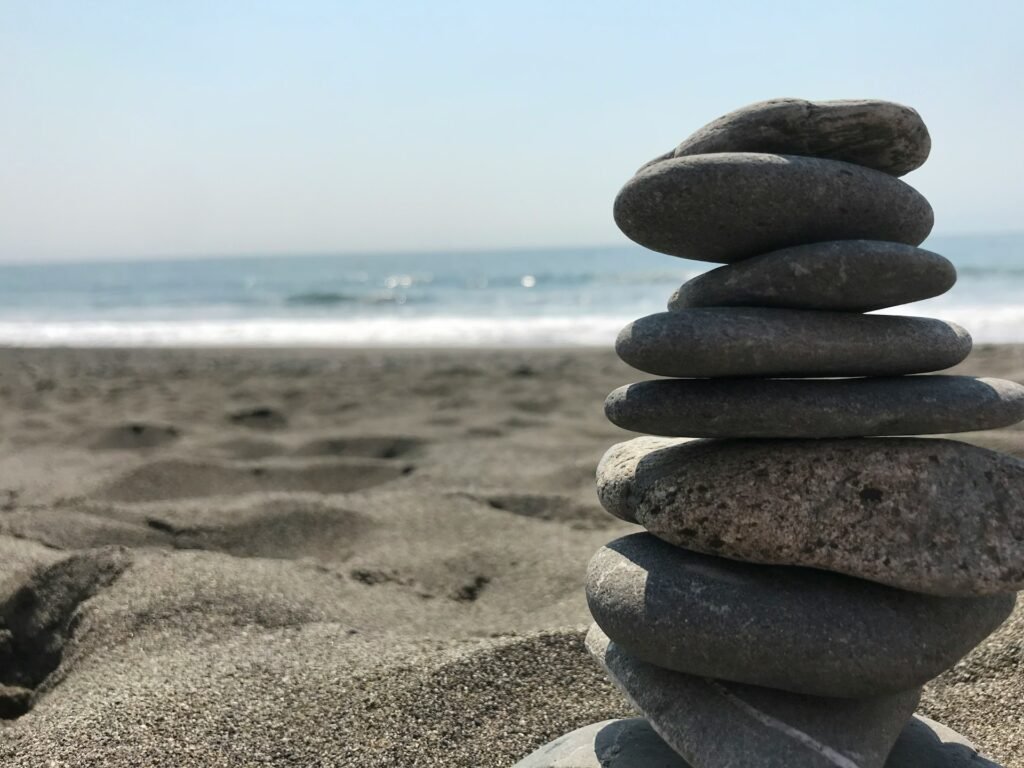With legs crossed, sit on the mat supporting the buttocks on a rolled blanket. Eyes closed, the backbones straighten between the crown of the head and the sit bones. and as you turn your attention away from the distractions—including ideas—in the outside world, pay close attention to how your body feels, to your breathing: the way the inhale becomes the exhale, the exhale becomes the inhale. Try to breathe entirely; the abdomen starts the inhale; the ribs then stretch, the collarbones lift; the exhalation happens in the reverse order. Spend two minutes on this breathing. To further enhance relaxation and calm the mind, consider incorporating 7 Yoga Poses for Reducing Stress and Anxiety into your routine.
Approach: Come down on all fours on the mat; knees at hip width, wrists should be exactly under the shoulders at shoulder width. Looking at your belly button, inhale, press your back up and front with your chest, shoulders down and nose up, then exhale tuck your head in and bring your chin to your chest, round your back, push off the palms and raise your thoracic spine. Work slowly through the exercise. Speaking it ten times in time with your breathing. Benefit: opens shoulders and extends and releases lower back.
Tuning and breathing

Technique: Lean forward from sitting on your heels with knees wide as the mat and point your toes together. With fingers spread apart and your head resting on the mat, bend your arms in front of you and point with the middle finger. Should you find it difficult to bend your head or have head pain, you could lie a rolled-up blanket under your head. Keep the stretch running across your arms; avoid resting your elbows on the floor and let your shoulders drop. total: 30 to 60 seconds. Method: knees touching and toes pointing back on the floor while arms by your sides.
Exhale, place your palms on your buttocks, advance hips forward, arch your back, opening the chest and distributing the ribcage. Spend half a minute in this position, breathing naturally. You can deepen it; push your shoulders back, straighten your arms toward your legs, lower your palms to your heels, compress your glutes, tuck your tailbone, gaze up and stay in this stance for 30 seconds. Raise the torso on the momentum of the hips and the chest during the exhaling.
Among contraindications are hypertension, migraine, shoulder, elbow, wrist, and spine injuries.
Marjariasana (Cat-Cow)

Come on all fours; your palms should be under your shoulders; the distance between your palms and your feet must be equal; push your pelvis up; press down the floor with your hands; draw your torso towards your legs; relax your neck; kneecaps should be pulled inward; your heels should be reaching the floor. The knees in learning the asana should be kept as somewhat bent with a straight back. Spend 15 to 20 seconds in this stance then increase the time. Exhale then inhale; elevate your head and drop your knees to the ground.
Benefits include tightened abdominal organs, strengthened chest muscles, spinal and leg ligaments stretching. Technique: With toes facing upward, sit on the mat with legs spread ahead of you. With hands you can move the glute muscles back to enable you to sit on the sit bones with feet together. Lift your chest, avoiding moving your head and buttocks, with your palms by your thighs finger tips pointing ahead. Hold the posture 20 to 30 seconds twice. Exhale gently and fluidly.
Hernia lumbar and arthritis; acute back trouble are contraindications.
Balasana (Child’s Pose)

From Dandasana, extend your arms over your head, lengthen the spine between the sitting bones and the crown of the head, bend the knees slightly and, on an exhale, reach your hands towards your feet, resting your abdomen on your thighs; straighten your legs gently to a comfortable position, making sure your abdomen is still on your thighs, your back is straight and your buttocks are on the floor. Try and hold the position for one minute. Breathe normally and deeply. On an inhalation, raise your head and body; make sure your back slightly arch then lower your hands and return to Dandasana.
Among the contraindications are hypertension, umbilical hernia, spinal cord, and knee damage. Execution technique: lying face down, your arms should be alongside your body with palms downward, your legs bent, and feet hip-width apart beside your buttocks, your feet must be pressed strongly against the mat, on an inhale, you need to push off the mat with your feet, raising your torso and pelvis as high as you can, keeping your knees together; you should arch your thoracic spine and lower ribs should be directed upwards, which brings your shoulder blades closer together; push off the mat with your hands, shoulders, and feet.
Conclusion

Maintaining the position for half a minute, breathe gently and calmly. Return to the starting point fluidly. The entire body is at ease; nervous tension goes away; migraines, sleeplessness, disappear. Technique: lie down on your back, cover with a blanket, keep your legs far apart, and let them entirely relax. Arms outstretched to the sides, palms facing upward, armpits exposed. Closure your eyes. Breathe deeply then, when you exhale, let your entire body—including the tips of your fingers and toes—relax.
Mentally relax your body; then, inspect it leg, arm, abdomen, chest, face, shoulders, back, buttock muscles. Feel your steady and deep breathing. Minimum two minutes are needed for this exercise. Then gently wiggle your fingers and toes, roll over to your right, bend your legs. Pushing off the floor with your hands, progressively swing yourself into a sitting posture with a straight back and place your palms on your knees. In the practice, observe how your body and mind changed; then, gradually open your eyes.



